- The multi-country Barcode of Wildlife Project combines innovative technology with capacity-building to apply DNA barcoding to wildlife protection.
- The Project has successfully been adapting standard scientific procedures to the sociopolitical dimensions of each partner country’s legal landscape.
- Translating the codes of law and procedure between the scientific and law enforcement communities, in a single country and across the globe, remains a major challenge in applying technology to combat wildlife crime.
One might assume that the biggest challenge in managing an ambitious, multinational initiative like the Barcode of Wildlife Project (BWP) stems from the cross-cultural dimensions of the enterprise. But the cultural contexts of global project management are not always bounded by national or ethnic identities. In the case of BWP, translating the codes of procedure between the scientific and law enforcement communities to work within a country’s legal frameworks and effectively combat wildlife crime is a delicate undertaking.
A previous Wildtech post introduced the Consortium for the Barcode of Life (CBOL)’s mandate to help conserve endangered species through the BWP by “creating a DNA barcoding test that identifies and intercepts wildlife protected by UN treaty regulations as it’s transferred across borders.” To do this, the BWP builds capacity and promotes collaboration among partner countries to build a global, publicly accessible reference library of genetic material on a single platform.
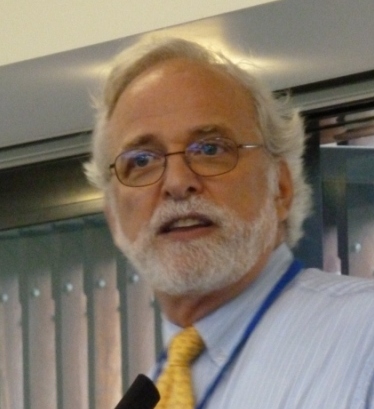
In a conversation with Mongabay-Wildtech, Dr. David Schindel, CBOL’s Executive Secretary, described the process of implementing BWP on a global scale.
“We negotiated the grant [from Google, which awarded CBOL a Global Impact Award to start the BWP] over the course of several months on what would the deliverables be, how would we do it. It was like refining the formula – how many countries, how many species, how many DNA records, and how much would it cost. So we settled on six countries, a few thousand endangered species.”
The importance of legal frameworks in applying scientific data
Adapting a set of standard scientific procedures to function within the sociopolitical dimensions of each country’s legal landscape has been a major challenge. For instance, DNA barcodes can help identify the species of a given sample, such as a bone, skin, or horn.
Once a sample taken from a wildlife crime scene has been verified against the DNA barcode of a particular species, evidence must still be successfully applied in court in order to result in a conviction. According to Schindel, the presumption of either guilt or innocence, based on the underlying tenets of the legal system in each country, is central to the conviction of suspected wildlife criminals. The BWP initially held workshops in each partner country, attempting to address a simple, yet crucial, question: how are your courts going to view this evidence?
“South Africa, after Apartheid, instituted laws that protected the innocent…[Before the end of Apartheid], if you were arrested, the chances were you’re assumed guilty. You’d have to prove your innocence. They switched to a presumption of innocence country, like we [the United States] are, which means that their prosecutors were really cautious of what the weaknesses in the legal argument were. Mexico, I learned through this process, has been a presumption of guilt country, and they’re now in transition to becoming a presumption of innocence country. So they’re much more cautious. Kenya is still a presumption of guilt country. And that’s why they’re getting so many convictions…”
“But,” Schindel added, “…it is really important to note that Kenya already has a forensic wildlife lab, which they established during the course of the Project. South Africa and Mexico are now in the process of building forensic labs devoted to wildlife that will include DNA barcoding.”
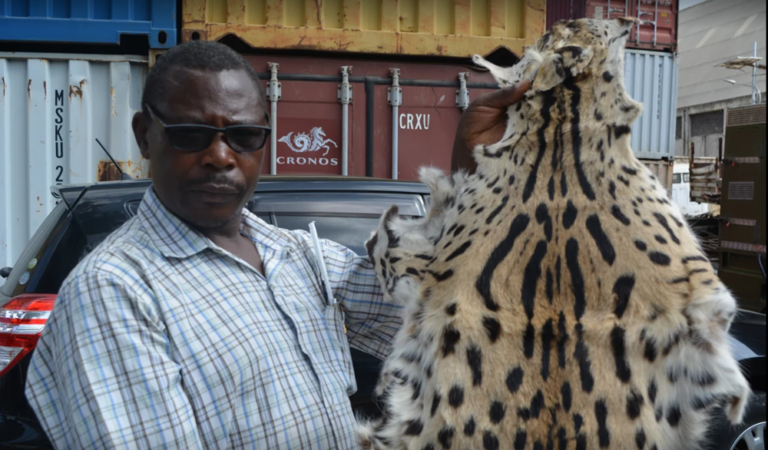
The role of scientific frameworks in applying law enforcement
Schindel also described a fundamental difference in working with scientists and law enforcement in the context of pursuing wildlife crime: “[Within law enforcement], confidence comes from secure management of the specimen. Scientists think that confidence and reproducibility comes from consistency of independent data.”
He offered the scenario in which an expert witness is being cross-examined by a defense attorney during the hearing of a suspected wildlife criminal. The burden of proof initially rests with the prosecution, who must demonstrate that the sample taken from a crime scene matches a protected or regulated species and was illegally acquired.
Unlike matching human DNA to a single victim or suspect, which would require a perfect match between the two samples, matching a wildlife DNA sample to its proper species requires a very tight margin of accuracy between samples. The use of a single ‘platinum standard’ DNA sample, collected on site and processed through a strict chain of custody, ensures that the crime scene sample’s species can be verified against a solid and secured reference sample, using high quality standards of acquisition and security. But it still allows for the defense to question the margin of accuracy between the crime scene sample and the ‘platinum’ standard reference sample. As the defense questions the sample’s accuracy, it takes on some of the burden of proof.
To counter any weakness in the evidence, the prosecution could then submit additional reference samples of the species of a lesser, ‘silver’ standard that were acquired independently (not at the crime site) and analyzed in laboratories at different locations across the globe but still considered solid reference samples. The additional samples, offering the same margin of accuracy as the secure ‘platinum’ standard, would demonstrate that the margin was the same along multiple independent samples. As Schindel explained, “Independent sources of data that converge on the same answer are what gives us confidence.”
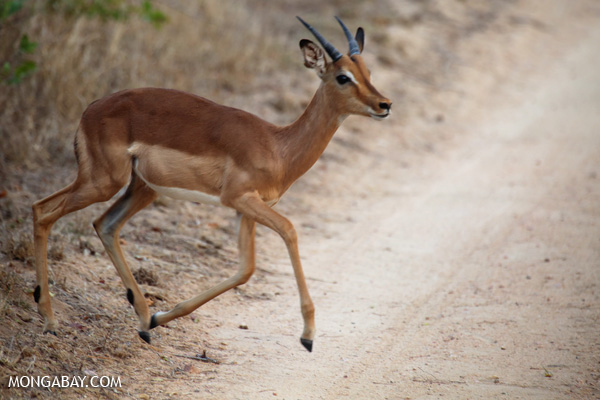
Institutional challenges in integrating technology, science, and law enforcement
Bringing the worlds of law and science together is only one factor challenging the BWP. Disputes between national institutions can also pose substantial difficulty.
“We went into this Project being sensitive to cultural difference between us Americans and other countries,” said Schindel. “The big cultural differences weren’t between scientists in America and scientists in Kenya. It was between law enforcement and science in Kenya and in South Africa – getting them to agree on the problems that they face within their system: funding, access to specimens. Access to specimens is a limiting factor. These countries have labs that can churn out the data – that’s not the problem. Getting a microgram or tissue or blood out of an endangered species is, for good reason. So if the Ministry of Forests and Parks controls access to specimens, but it’s the Ministry of Science and Technology that has the laboratories, will they grant them collective permits?”
To provide an example, Schindel explained, “This was a very big problem in South Africa, where our major partner on the science side was the South African National Biodiversity Institute [SANBI], which is their CITES authority for science. But the enforcement authority was the Department of Environment. The Department of Environment grants collective permits. The Project was aimed at CITES enforcement. But they couldn’t get collective permits. They had to jump through the same hoops as everybody else for collective permits. And that was the limiting factor. It still is in all countries – access to the specimens.”
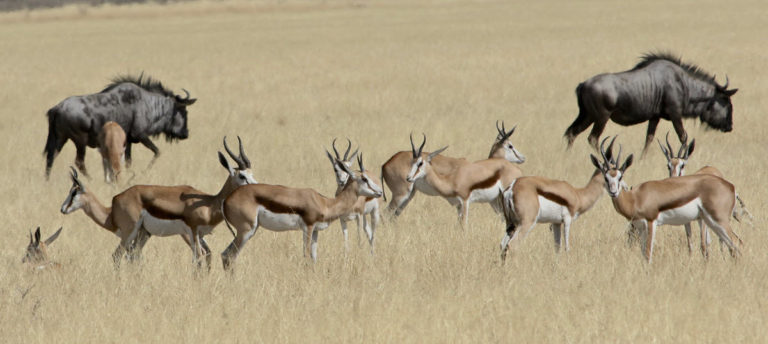
Dr. Michelle Hamer, Director of Zoological Systematics, offered another perspective on BWP implementation that underlines the difficulty of dealing with cultural differences within multi-sector initiatives. “I think that the main challenge that we have is getting a very good information system together,” she said. “One [issue] is ensuring that the police are happy with the security of the data for their investigations. Another is a way of managing all these digital images [and] documents. Linking up the DNA to the documents, [and] to the specimens. So there are some complicated data management aspects of the project. And none of us have the capacity to resolve this, so for us it’s a big logistical problem.”
The BWP has also addressed challenges in building technical capacity across countries. “We really had an impact at the institutional, long-term level promoting systemic change to enable these countries to do [DNA barcoding] on their own, which is what we wanted all along,” noted Schindel. “It’s important to note that we picked countries that had some capability in molecular biology because we wanted all the work to be done there.”
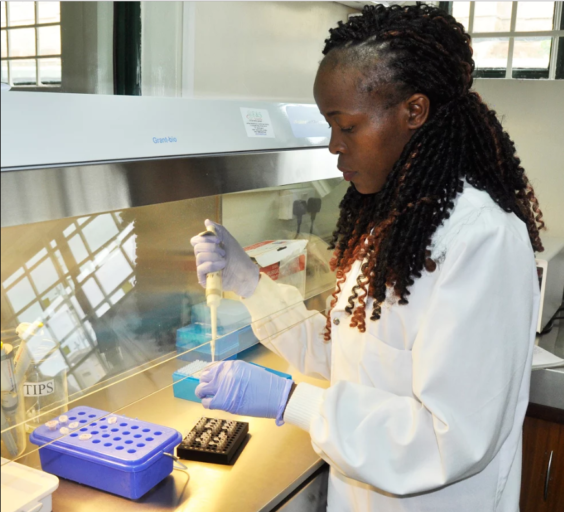
The fact that the DNA sampling, extraction, analysis, sequencing, and barcoding processes all take place within the partner countries reflects the BWP’s focus on capacity-building and training to allow the initiative to fulfill its role as a mutually beneficial, global enterprise that allows both the technical capacities and the barcode reference library to develop simultaneously while protecting threatened species.
After all, the goal of the BWP, as Schindel emphasized, “is creating a global public good in sharing information. Not across all species – that’s like trying to boil the ocean. But, in this case, endangered species.”
Featured image credit: Nevit Dilmen via Creative Commons license













